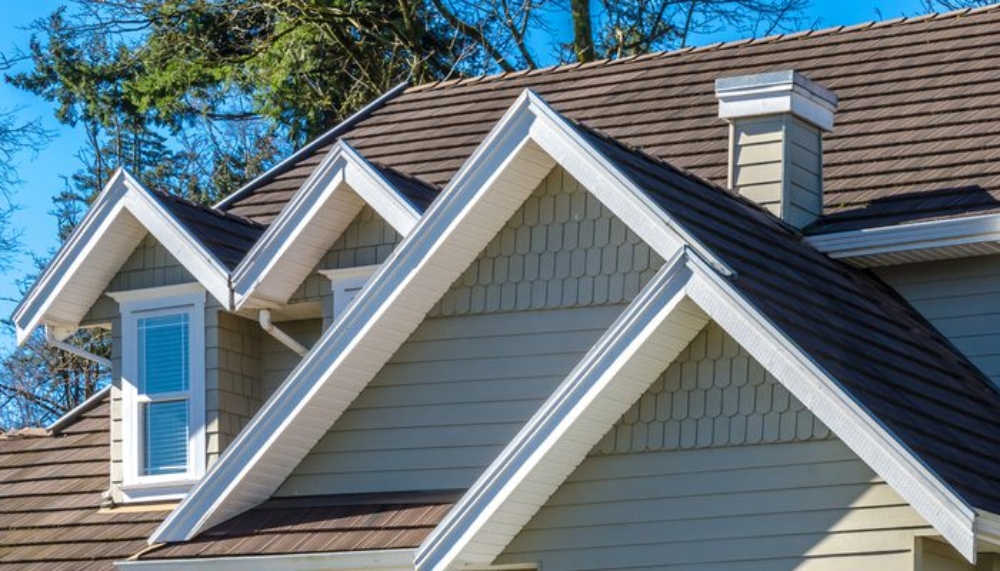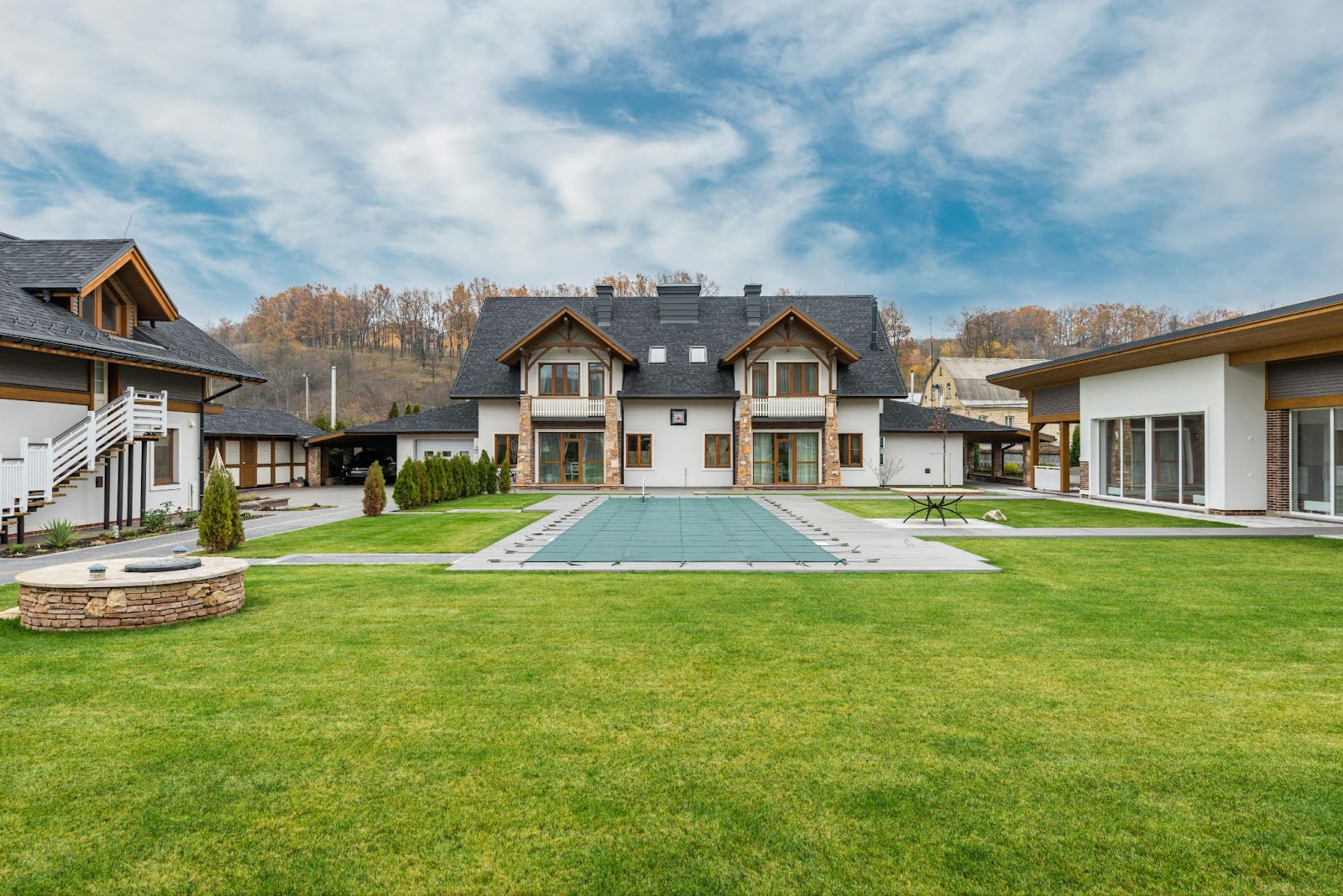Comments
- No comments found

Residential roofing serves as the primary shield against external elements, safeguarding homes and their inhabitants from a myriad of environmental hazards.
Beyond its aesthetic appeal, the role of residential roofing extends far deeper, playing a pivotal role in ensuring the structural integrity and longevity of properties. Understanding the multifaceted importance of residential roofing is essential for homeowners and industry professionals alike, as it underscores the significance of regular maintenance, quality materials, and professional installation. In this exploration, we delve into the critical role of residential roofing in property protection, uncovering its various dimensions and implications.

At the core of residential roofing's role in property protection lies its ability to fortify the structural integrity of homes against diverse weather phenomena. From torrential rains to blistering heat, roofs bear the brunt of nature's onslaught, requiring resilience and durability to withstand such challenges. High-quality roofing materials, including asphalt shingles, metal panels, or clay tiles, provide the necessary barrier against moisture infiltration, preventing water damage and mold growth within the property's framework. Moreover, proper installation techniques, such as effective flashing and sealing, bolster the roof's resistance to wind uplift and prevent leaks during storms, preserving the sanctity of the indoor environment. By upholding the structural integrity of residential properties, roofing systems ensure long-term habitability and safeguard homeowners' investments against costly repairs and replacements.
Beyond its protective function, residential roofing plays a pivotal role in enhancing thermal comfort and promoting energy efficiency within homes. An inadequately insulated roof can lead to significant heat loss during the winter months and excessive heat gain in summer, exacerbating energy consumption and utility costs. Conversely, a well-insulated roof, coupled with reflective roofing materials or cool roof coatings, helps regulate indoor temperatures by minimizing heat transfer between the interior and exterior environments. This not only fosters a more comfortable living space year-round but also reduces reliance on heating and cooling systems, thereby lowering carbon emissions and environmental impact. By prioritizing energy-efficient roofing solutions, homeowners can mitigate their ecological footprint while enjoying substantial savings on utility expenses over the long term.
While the functional aspects of residential roofing are paramount, its aesthetic contributions should not be overlooked, as they significantly influence curb appeal and property value. A well-designed and meticulously maintained roof enhances the overall aesthetic harmony of a home, complementing architectural styles and elevating its visual allure. Whether adorned with intricately patterned tiles or sleek, modern lines, roofing materials contribute to the distinct character and personality of residential properties, leaving a lasting impression on passersby and prospective buyers alike. Moreover, investing in high-quality roofing materials and professional craftsmanship can yield substantial returns on investment, as aesthetically pleasing roofs enhance curb appeal and bolster property resale value. Thus, prioritizing the aesthetic considerations of residential roofing not only enhances the immediate visual appeal of homes but also secures long-term financial benefits for homeowners.
Ensuring the continued efficacy of a residential roofing project requires proactive maintenance and timely repairs to address wear and tear, mitigate potential damage, and prolong the roof's lifespan. Regular inspections by qualified roofing professionals enable the early detection of minor issues, such as loose shingles, damaged flashing, or deteriorating seals, allowing for prompt intervention before they escalate into costly repairs or replacements. Moreover, investing in routine maintenance services, such as gutter cleaning, debris removal, and roof surface treatments, preserves the integrity of roofing materials and prevents moisture buildup, thereby averting structural degradation and mold proliferation. By entrusting the upkeep of their residential roofing project to experienced professionals, homeowners can uphold the highest standards of performance, safety, and longevity. That way, they will be ensuring enduring protection and peace of mind for their most cherished investment.
In an era of increasing environmental awareness, the choice of roofing materials and construction practices can significantly impact ecological sustainability and resource conservation. Opting for eco-friendly roofing materials, such as recycled shingles, wood shakes sourced from sustainably managed forests, or green roofs adorned with vegetation, reduces the environmental footprint of residential roofing projects and promotes biodiversity in urban areas. Additionally, incorporating energy-efficient design elements, such as solar panels or rainwater harvesting systems, further enhances the sustainability credentials of residential roofing, harnessing renewable resources and reducing reliance on fossil fuels. By embracing sustainable roofing practices, homeowners not only contribute to environmental conservation efforts but also reap the benefits of reduced energy consumption and enhanced resilience to climate change impacts, fostering a greener and more sustainable future for generations to come.

Beyond individual property concerns, residential roofing projects also play a crucial role in ensuring community safety and compliance with building codes and regulations. Properly installed and maintained roofs minimize the risk of structural failures and mitigate hazards, such as falling debris or water intrusion, which could endanger neighboring properties and occupants. Moreover, adherence to local building codes and zoning ordinances governs the design, materials, and installation methods of residential roofing projects, ensuring structural integrity, fire resistance, and environmental suitability. By prioritizing safety and regulatory compliance in residential roofing endeavors, homeowners contribute to the overall resilience and well-being of their communities, fostering a harmonious living environment characterized by robust infrastructure and collective security.
In essence, the role of residential roofing in property protection encompasses a broad spectrum of considerations, ranging from structural integrity and energy efficiency to aesthetic appeal and environmental sustainability. By prioritizing professional maintenance, sustainable practices, and regulatory compliance, homeowners can fortify their properties against external threats, enhance their environmental stewardship, and foster safer and more resilient communities. As the cornerstone of shelter and security, residential roofing projects represent not only a tangible investment in property preservation but also a testament to homeowners' commitment to quality, sustainability, and community well-being.
Leave your comments
Post comment as a guest